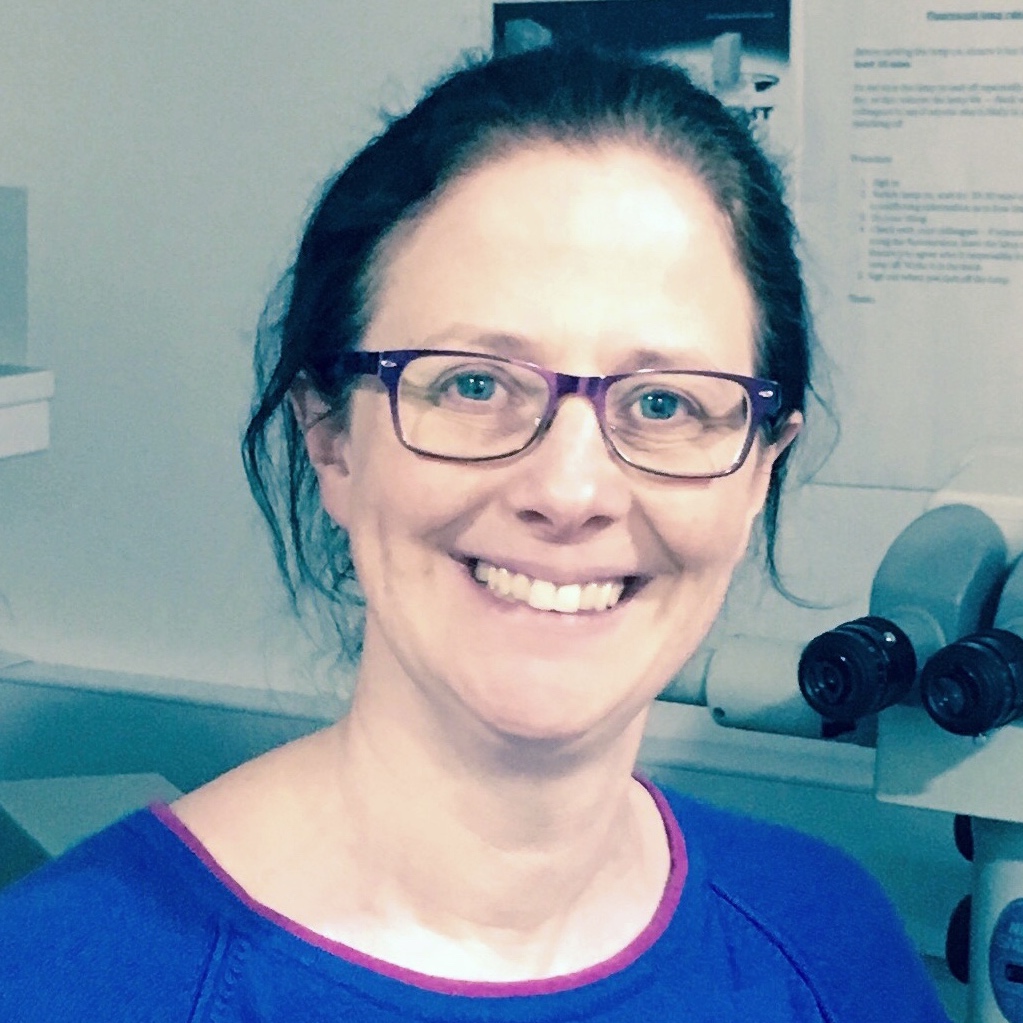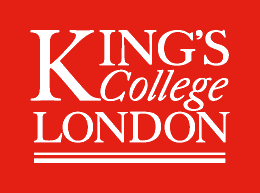
Getting to know...Fiona Wardle

Introduce yourself and tell us a little bit about your background in 5 sentences.
My name is Fiona Wardle and my research focuses on early embryonic development. My interest in developmental biology started at Cambridge University, where I did my undergraduate degree and where I had the privilege of being taught by great developmental biologists, such as Prof. Sir John Gurdon. This interest took me to University College London to do a PhD in Developmental Biology and then to the USA, where I did postdoctoral research at the Massachusetts Institute of Technology (MIT). After three years at MIT, I returned to Cambridge as a postdoc, before becoming an MRC Career Development Fellow and setting up my own lab. In 2010, I moved the lab to King’s College London where we continue to research early embryonic development.
How did you decide that you want to be a scientist?
I can pin-point that decision to one particular chemistry lesson at school when I was 12. The teacher, Mr. Lancaster, told us about how chemistry was used in pharmaceutical research to develop drugs for treatment of disease. I thought this sounded very cool and that was what I wanted to do. From that moment, other careers didn’t really interest me. When I went to University I thought I was going to be a biochemist working in the pharmaceutical industry - until I discovered developmental biology and academic research during my second year at University.
What is the main goal of your current investigation?
Very broadly we are interested in the networks of gene regulation that control cell fate, tissue and organ formation in the early vertebrate embryo. Current projects in the lab aim to characterize the genomic elements and transcription factor complexes that regulate gene expression during germ layer formation and cardiac progenitor formation. Transcription factors that are active in the embryo are often reactivated during disease, such as cancer, and we also have a project looking at the regulation of these transcription factors in breast and lung cancer.
Which part of your work are you most proud of?
Probably establishing the technique of chromatin immunoprecipitation combined with genomic microarrays in zebrafish embryos, since it helped move the field of gene expression regulation in embryos forward.
If you weren’t a scientist, what would you have become?
I think I would be involved in education or science communication in some way.
How do you spend your free time?
Most of my free time is spent playing with my young daughter. But if I do get any spare time, I like to relax by reading.
How do you think ZENCODE can contribute to science?
Study of the regulatory genome is only just beginning, but it is clear this part of the genome is hugely important in controlling the normal development and function of the body, and when not functioning properly can cause disease. So, it is really important to study regulatory sequences, as well as gene coding sequence and zebrafish are one organism where regulatory sequence can be tested in a quick and easy manner, giving us insights into the function of these sequences. ZENCODE-ITN, together with DANIO-CODE, which is a larger grouping of researchers interested in zebrafish genome science, is leading the field in annotating the zebrafish regulatory genome to facilitate our understanding of gene regulation.
Why do you think zebrafish is a good model organism?
Zebrafish are vertebrates and have most of the same organs and cells as other vertebrates, including humans - like a brain, a heart, skin, liver, etc. We know that the basic mechanisms of how these form and then function are very similar to humans too. Because of these similarities and because we have a wide range of tools and technologies to facilitate experiments, zebrafish are a fantastic system to study many different aspects of biology. For instance, we have sophisticated genetic manipulation tools that mean we can study the function of genes and their regulation easily. The transparency of the larvae also mean that processes that occur inside the body can be studied in real time, something that can’t be done with most other model organisms.
What do you think is the most challenging for you in this project?
The collaborative nature of this network has been fantastic, although the logistics of communicating can sometimes be a challenge.
What is the best way to follow your research activity?
We try to keep the lab website up to date, and our research is open access published, meaning it is available to everyone. I wish I could say ‘We tweet’, but so far I haven’t been very good at doing that!
Just to finish, what advice would you give to the ESRs and future scientists?
Be curious, be critical, be tenacious, be happy.